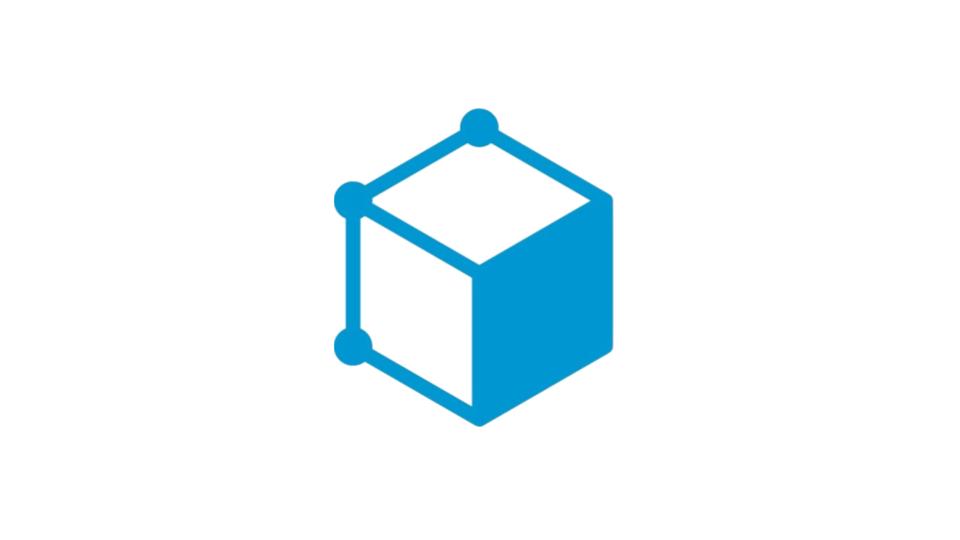.svg)
Before
Shibuya Hoppmann’s aftermarket team fields many requests from customers for parts and enhancements. These requests have commonalities between new requests and previous designs. Finding past designs to reference, though: with hundreds of thousands of past designs, traditional search methods can be time consuming and inconsistent.
.svg)
After
CADDi streamlines and accelerates the process of surfacing the most similar past designs with AI-empowered search tools. It can find drawings based on text contained on the drawing, any metadata associated with the drawing, or even the shape of the drawings themselves.
.jpeg)
Shibuya Hoppman is a leading manufacturer of centrifugal feeding systems, bottle filling and capping systems, and other industrial packaging machines. Their business model required managing hundreds of thousands of design drawings and other data assets, some stretching back to when only paper records existed. They wanted a way to better utilize these assets: reducing costs through standardization and optimization, and reducing unnecessary work to improve lead times.
We’re proud to announce that CADDi was chosen as a powerful platform for achieving these goals. CADDi’s AI-powered search, analysis, and organization functions allow Shibuya Hoppmann’s past data to become a true digital asset.
Optimizing Aftermarket Value by Using CADDi for Design
Shibuya Hoppmann’s aftermarket team fields many requests from customers for parts and enhancements. These requests are inherently going to have unique aspects, as each customer’s setup and aftermarket needs are different. However, there will also be commonalities between new requests and previous designs. Finding relevant past designs is no easy task, however: with hundreds of thousands of past designs, traditional search methods can be time consuming and inconsistent.
CADDi streamlines and accelerates the process of surfacing the most similar past designs with AI-empowered search tools. It can find drawings based on text contained on the drawing, any metadata associated with the drawing, or even the shape of the drawings themselves. Once similar drawings have been found, CADDi automatically links relevant data such as design revisions and notes, production information, and quality reports. This makes it easy to design new aftermarket requests while incorporating all the lessons and best practices learned from previous designs.
One aftermarket team member summarizes the revolutionary change of CADDi: “Before CADDi, it could take up to an hour to find a reference drawing from a customer inquiry, whereas with CADDi, it takes only a few seconds... I haven't not been able to find what I need yet.”
Accelerating Quoting with CADDi in Sales
Alongside the aftermarket engineering team, the Shibuya Hoppmann sales team sees benefit from using CADDi to accelerate their quoting process. Using CADDi’s robust search options, the sales team can take whatever data is provided with the RFQ and find the most similar previous projects. CADDi links historical sales data for each drawing, instantly providing a starting point for making an accurate estimate quote.
The aftermarket and sales team can use CADDi to help collaborate to get to the most accurate quote quickly. By proactively sharing information like customer expectations, previous design revisions, and performance reports, engineering and sales teams can move synchronously to produce an accurate estimate and finalized design quickly and reliably.
Shibuya Hoppmann is excited to continue integrating CADDi into their teams and workflows. As more data is processed into the system and more connections are formed, their efficiency will only continue to increase.
Ready to see CADDi Drawer in action? Get a personalized demo.

Take this case study on-the-go
.png)
.svg)



.svg)
.svg)
.svg)





.png)





















.png)



%201.svg)
%202.svg)
.png)

